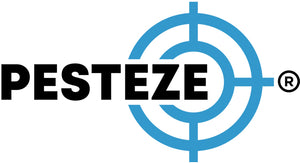SAFE AND HUMANE ANIMAL CONTROL METHODS

SAFE AND HUMANE ANIMAL CONTROL METHODS
SUMMARY
Dealing with wildlife doesn't have to mean using harmful traps or poisons. Safe and humane animal control techniques prioritize both your safety and animal welfare through ethical, effective solutions.
FEATURES
-
Non-lethal methods for removing animals
-
Prevention strategies to keep wildlife out
-
Tools and deterrents that don’t harm animals
-
When to call in humane wildlife professionals
-
Laws and guidelines on ethical animal control
DESCRIPTION
Humane animal control focuses on resolving conflicts with wildlife using methods that avoid harm. It emphasizes prevention, safe removal, and legal compliance, making it a responsible choice for homeowners who want to protect both their property and local wildlife.
HUMANE TECHNIQUES TO CONSIDER
Live traps allow for safe capture and release away from your home. Motion-activated lights, ultrasonic devices, and scent-based repellents can encourage animals to leave on their own. Sealing up entry points after confirming animals are gone ensures they don’t return. Habitat modification—like clearing brush or removing food sources—can prevent future problems without confrontation.
WHEN TO CALL A PROFESSIONAL
If you’re dealing with larger animals, aggressive species, or protected wildlife, contact a licensed wildlife control expert trained in humane practices. These professionals follow local laws and have the tools to remove and relocate animals ethically. They can also inspect your property for vulnerabilities and recommend long-term solutions.
- Medha samanu


Comments 0